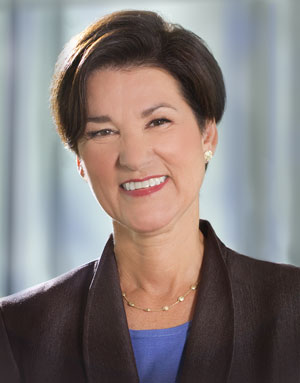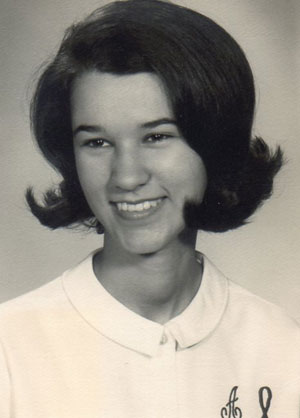GS: Did you have much consciousness of your Asian heritage as a child?
AS: I was very conscious of my Asian heritage as my mother, and also I, share “oriental” features. And of course the famous Siamese twins were well known about in our area. In addition I was raised in the original home of Chang and Adelaide Bunker.
GS: How did you first learn of your descent from Chang Bunker?
AS: I knew of my great-grandfather Chang from my earliest memories. We were living in his house, after all!!
GS: Did your Asian ancestry or descent from Chang Bunker have any impact on your formative years?
AS: My ancestry had tremendous impact. We would occasionally receive visitors from Thailand. I learned so much about their lives…how smart, resourceful, and well educated they were. I was always told “it’s good to be different from everyone else…you have special gifts…”
GS: Since Chang Bunker was ethnic Chinese from Thailand, did your family see itself as being more of Chinese or of Thai heritage?
AS: Since they were called Siamese Twins of course we always thought of the connection with Thailand. It wasn’t until later years we realized that they were actually Chinese immigrants in Thailand.
GS: Were there any specific things about the Chang Bunker home that showed his Asian heritage? Architectural style? Décor? Ornamental objects?
AS: Not really. It was built in exactly the style of the other farm houses of the area. They left Siam at such an early age and they never went back. The house was decorated more from their European travels. They toured in Europe extensively and brought back many things.
GS: Were you subjected to any teasing or negative attitudes due to your descent from Chang Bunker or your Asian features?
AS: Kids would call me “chink eyes” every once in a while. Even today people can notice that I am of Asian heritage. My mother even more so. My grandfather had passed away by the time I was 4. There were many grandsons and granddaughters of Eng and Chang in our community. I remember going into a store in Mount Airy and they said, “You must be one of those Bunkers.” It does fascinate me that they could have lived anywhere – they traveled extensively – and settled down in this little rural community in the foothills of the Blue Ridge Mountains and were fairly well accepted.
GS: What line of business were they in?
AS: When they first settled about 60 miles from Mt. Airy, they opened a little store. They weren’t very successful retailers and decided they might do better in farming. They bought some farmland and became very successful, owned lots of rental properties. When the Civil War came the economy of South was devastated. They ran low on cash and decided to go back on tour. They went back to Europe and took my grandfather with them — who was about 12. They earned money by charging people to come and see them. They were very talented. They were extremely well read and self-educated. My grandmother Adelaide really believed in education and started a school for her children as well as neighborhood children. Most of Chang’s children went to college. They had 10 kids – 3 boys and 7 girls. Three of the girls died in their twenties. One was in a horse riding accident.
GS: Did any member of your family suffer from any birth abnormality similar to the cartilage co-joining the Bunker twins?
AS: No other member with an abnormality. The other side of family – whom we thought of as “the people across the river” – Eng’s family, one of his children had twins.
GS: Give us a picture of yourself as a kid.
AS: As a child I was a very serious student! I loved math. But I also enjoyed growing up on the farm, picking vegetables from the garden, helping our mother in the kitchen, cooking, sewing my own clothes and always reading a book!
GS: Give us a picture of yourself as a teen in high school.
AS: As a teen I enjoyed being with friends, going to high school sporting events and playing bridge! In the summers I would work as a camp counselor in the mountains of North Carolina.
GS: What made you choose to major in math at Wake Forest?
AS: I chose to major in math because I loved solving problems, and math was always easy for me. I thought I would start a career in the computer industry.
GS: What made you decide to devote three years after college to teaching in West Africa?
AS: After college I was married to my first husband and he had a job with an oil company in West Africa. I was fortunate to teach math at an African girl’s high school. Living in West Africa was such an educational and rewarding experience. I learned the amazing culture and history of the African peoples, their fight for independence from the colonialists, and their strong and enduring spirit in difficult circumstances.
GS: Tell us a bit about that West Africa experience?
AS: I learned the amazing culture and history of the African peoples, their fight for independence from the colonialists, and their strong and enduring spirit in difficult circumstances.
GS: How did a girl from a small North Carolina town that inspired Mayberry end up in Florida?
AS: After returning from Africa I began a banking career in North Carolina. That company transferred me to New York City where I started an office, then after three years I was asked to move to Miami to do the same thing. I fell in love with Florida! (And I also met my husband…) Next



